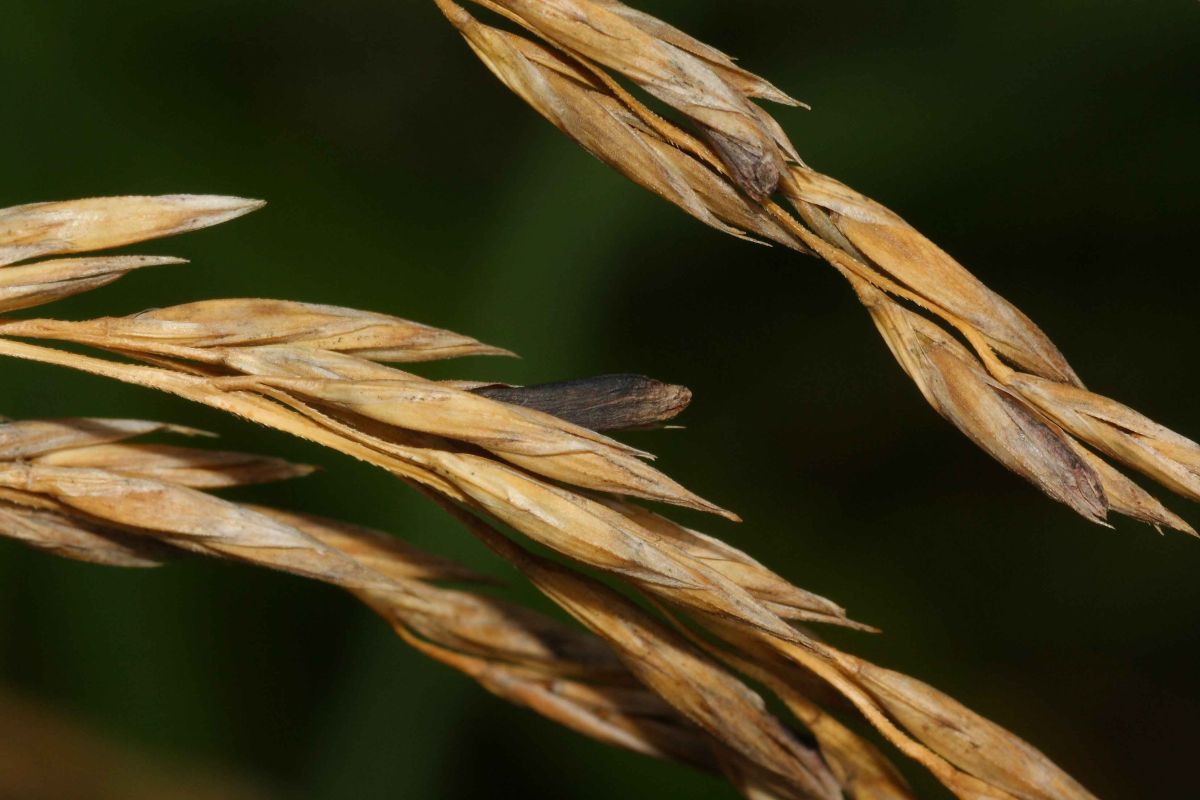
AHDB Cereals & Oilseeds has issued a call for a review of ergot alkaloids to help inform policy development by the European Commission (EC).
The outputs of the review, which takes the form a short desk study, will feed evidence and supporting data to the European Food Standards Agency (EFSA) in preparation for a proposed consultation and potential future regulation.
About ergot
Ergot is caused by the fungus, Claviceps purpurea.
Although it can reduce the yields of crops, more serious problems occur when grain contaminated with ergot is eaten, either in its natural state (animals grazing) or after processing (baked cereal products or animal feed).
Twelve ergot alkaloids (and epimers) are associated with ergot-infected cereal plants.
Ergotamine, ergosine and ergocristine are the most common in the UK. Their levels and frequency vary each year.
Ergot levels
Although maximum levels for ergot sclerotia for cereals are in place within EU member states (and in Codex guidance), there is no legislation setting maximum levels for ergot alkaloids in Europe.
This could be set to change, as the European Commission (EC) plans to review the maximum acceptable limit for alkaloid levels in cereal grains from July 2016.
New legislation could be agreed toward the end of 2017.
Ergot detection
Laboratory testing for alkaloids is relatively expensive and too slow for use as an intake test for processors.
At present, processors look to detect ergot sclerotia but it has been suggested that alkaloids may still be detected in grain even in the absence of physical sclerotia.
The review will look to improve understanding of how transfer of alkaloids may occur with a view to develop an appropriate test to analyse for them.
A budget of £15,000 has been set aside to fund the desk study.
